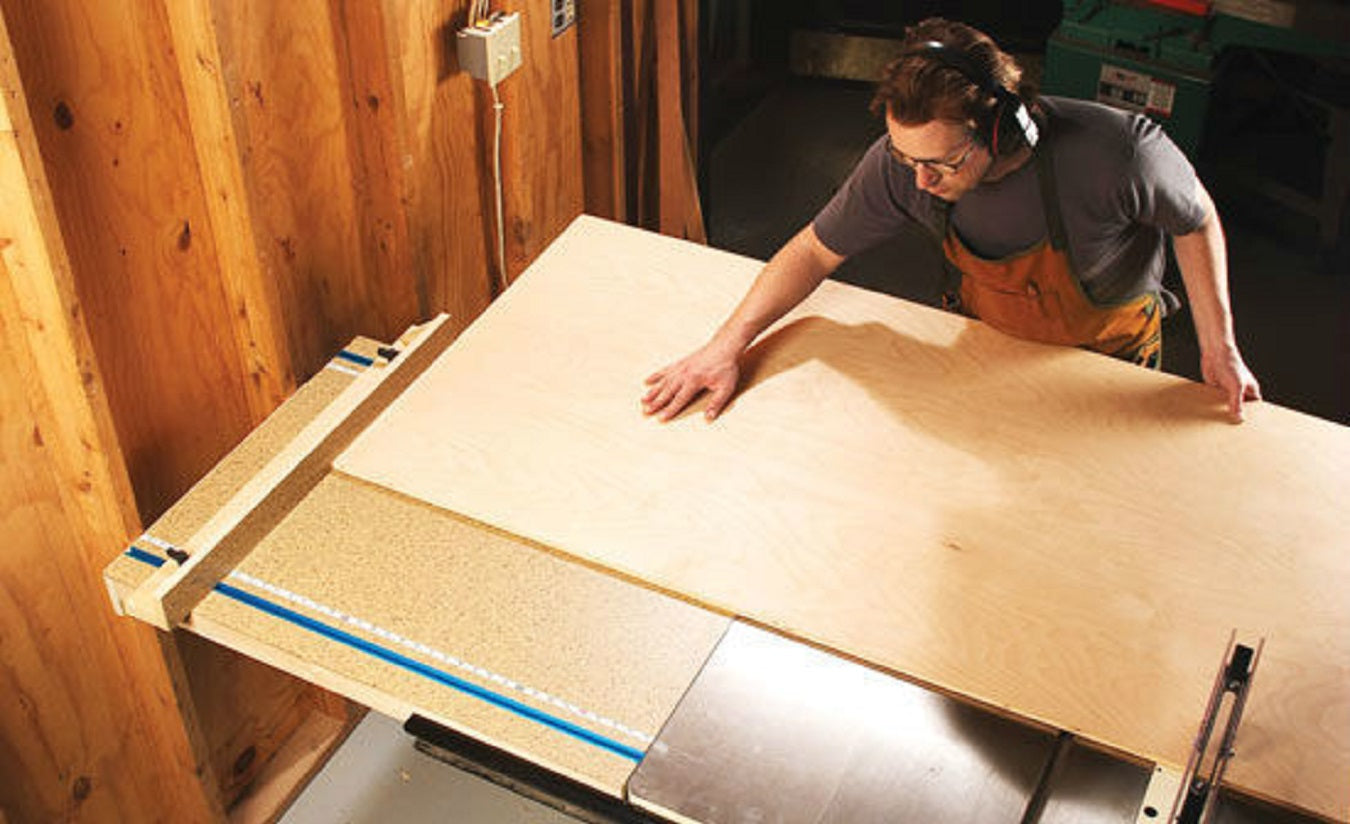Rip capacity is the maximum width of a board that can be cut by a table saw. The size of the blade determines the rip capacity. The larger the blade, the wider the board can be cut.
Most table saws have a rip capacity of 24 inches.
If you’re in the market for a new table saw, one of the things you’ll want to consider is the rip capacity. The rip capacity is the maximum width that a saw can cut through a piece of material. For most people, the average rip capacity is more than enough.
However, if you do a lot of woodworking or if you plan on doing large projects, you’ll want to make sure that your table saw has a high rip capacity. To help you make your decision, we’ve put together this handy guide to Rip Capacity Table Saws.
How to Get MORE Capacity of Your Table Saw / Woodworking
Rip Capacity Meaning
Rip capacity is the size of a board that can be cut by a saw blade. The term is often used in woodworking, and it refers to the width of a kerf. A wider kerf indicates that more material can be removed from the workpiece.
The concept of rip capacity is important because it determines the maximum width of a cut that can be made with a particular saw blade. For example, if you’re using a 10″ saw blade, your rip capacity would be limited to 10″. This would mean that you couldn’t make any cuts wider than 10″ with that saw blade.
There are two ways to increase your rip capacity: by using a wider saw blade, or by adding an extension table to your saw. A wider saw blade will obviously allow you to make wider cuts, but it will also increase the amount of material that can be removed with each pass ( known as the feed rate). An extension table will also allow you to make wider cuts, but it will do so without increasing the feed rate.
If you need to make wide cuts on a regular basis, then it’s worth investing in asaw witha large rip capacity. However, if you only need to make occasional wide cuts, then an extension table is probably all you need.

Credit: landmarktools.com
What is Rip on a Table Saw?
Rip on a table saw is the act of cutting along the length of a board. This can be done with or without a fence, but using a fence will give you more accuracy and repeatability. To rip without a fence, simply set the blade to the desired width, align the board with the blade, and then push it through.
For longer rips, you may need to use both hands. To rip with a fence, first adjust the fence so that it’s parallel to the blade. Then align the board with the fence and push it through.
Again, for longer rips you may need to use both hands. When ripping, always use Push Sticks or other safety devices to keep your fingers away from the blade.
How Do I Increase the Rip Capacity of My Table Saw?
If you’re looking to increase the rip capacity of your table saw, there are a few things you can do. First, you can try using an extension table. Extension tables attach to the back of your saw and give you extra room to work with larger pieces of lumber.
You can also try using a dado stack. Dado stacks are specialized blades that allow you to make wider cuts in your lumber. Finally, if your saw doesn’t have enough power to cut through thicker pieces of wood, you can try upgrading to a more powerful model.
What Does Rip Width Mean?
Rip width is the width of a board that can be cut by a table saw. The rip fence is used to guide the wood through the blade, and the blade can only cut as wide as the rip fence. So, if you have a 12″ wide piece of wood and want to cut it in half with a table saw, you would need to set the rip fence at 6″ and make two passes.
What Does Rip Mean When Cutting Wood?
Rip is a direction of cutting wood along the grain. It’s the opposite of cross cut, which cuts across the grain. When you rip wood, the blade tears out long fibers rather than chopping them like it does when cutting across the grain.
This type of cut is used to reduce the width of a piece of lumber or to make boards of uniform thickness from rough-sawn lumber. To do this, set your saw blade to just shy of the final dimension you want and make repeated passes until you reach your mark. As its name implies, ripping also produces a lot of sawdust and tear-out on both sides of the kerf (the cut made by the blade).
Ripping can be done with a handheld power saw or circular saw, but for best results and more accurate cuts, use a table saw or radial arm saw.
Conclusion
Rip capacity is the measurement of how wide a board can be ripped on a table saw. The wider the blade, the greater the rip capacity. Most table saws have a rip capacity of around 24 inches.
Some table saws have a rip capacity of up to 40 inches.
